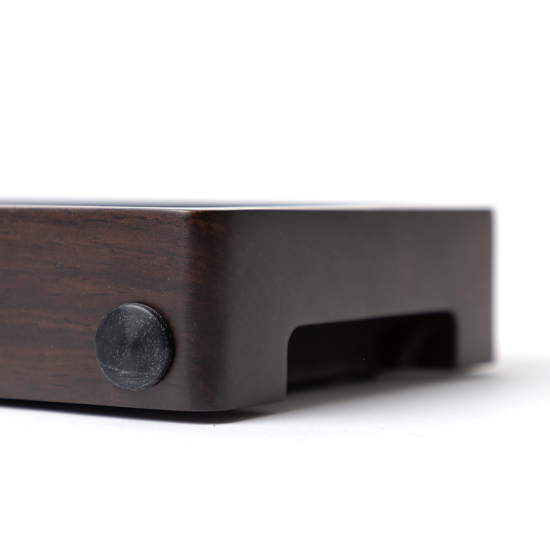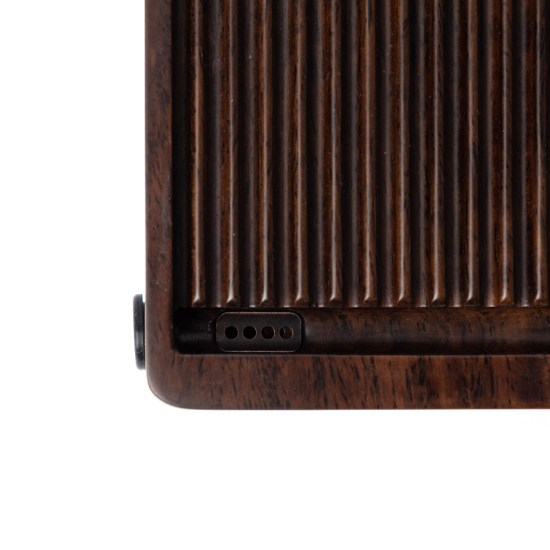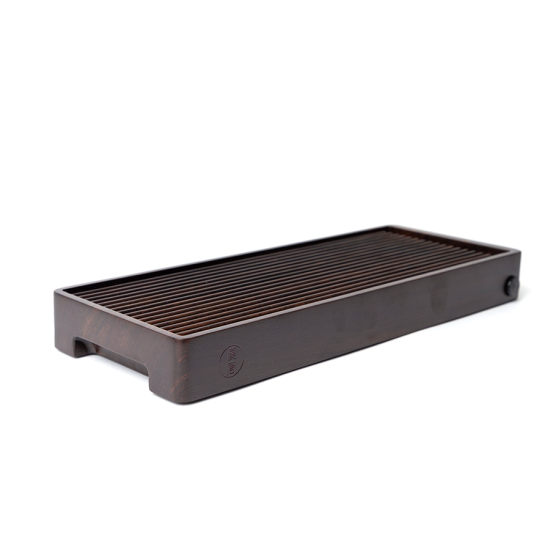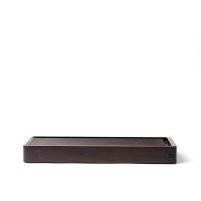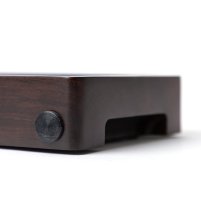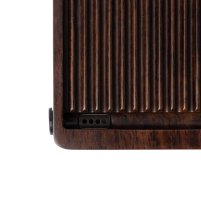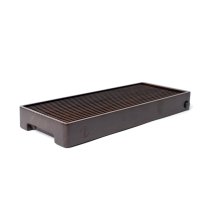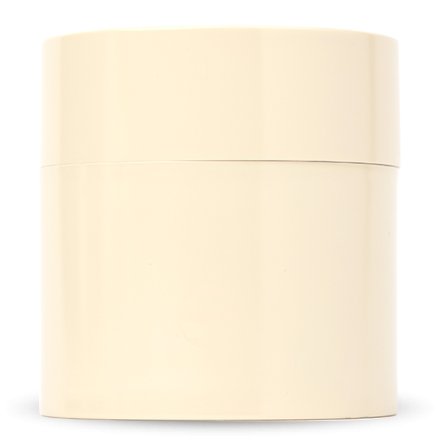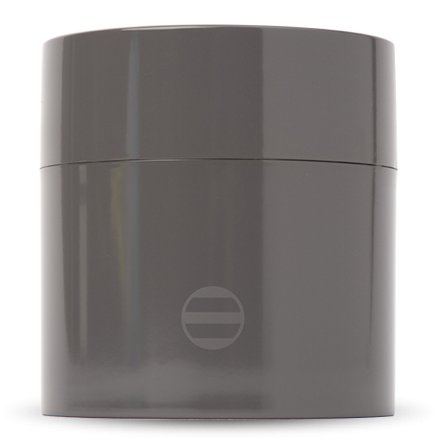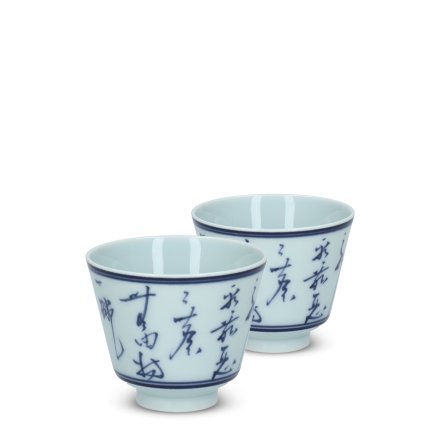Instructions for the Chinese Gong Fu Cha (工夫茶) Tea Ceremony
According to tradition, the Chinese tea ceremony is about making tea in the best possible way. This philosophy is reflected in the term "gong fu cha" itself, which can be roughly translated as "making tea with skill". One of the many aspects of this special form of tea preparation is minimising as much as possible the heat loss between heated water and the resulting tea. The main method of retaining heat is the repeated dousing of cup and teapot with hot water.
The tea boat primarily serves to collect excess water. The relatively large size of the tea boat compared to other utensils in the ceremony and well as its special function transform the tea boat into a kind of "stage" at the centre of events.
To prepare the tea, we recommend using a small Chinese teapot, ideally a gaiwan or a teapot made from Yixing clay. If preparing tea for multiple guests, a cha hai (decanter) may also be used. While a cha hai is also suitable for use in a solo tea ceremony, the cup used as a cha hai should have a volume of at least 150ml. When using just a single drinking cup for the ceremony, it is also important that this cup has a volume equivalent to or greater than the teapot. It is important that the tea is completely drained from the pot for each infusion so that the drinker can distinctly enjoy the changing flavour of the tea from infusion to infusion.
1. Step: Preparation
The tea boat should be placed on a stable surface such as a table. The teapot (or gaiwan) as well as drinking cup or cha hai are then placed on the tea boat. If using a saucer rather than a tea boat, only place the teapot on the saucer.
2. Step: Ceremonial Cleansing and Pre-Heating
The teapot (including lid) is doused with boiling hot water. Thereafter teapot and drinking cups are half-filled with the hot water. This water should then be poured out into either the teapot or the jian shui. This stage demonstratively cleanses the vessels and simultaneously warms them for the tea.
3. Step: Awakening the Tea
Add tea leaves to the teapot. For a gong fu cha tea ceremony, a generous portion of tea leaves are used and should fill 1/3 or 1/2 of the teapot. For such a large quantity of leaves, it is important to steep the leaves for very short periods many times. When using tea leaves in a compressed shape such as rolled oolong or pu erh, the leaves should be briefly coated with water for just a few seconds before pouring out the water in the tea boat or jian shui. This intermediate step helps to open up the leaves so that the first infusion is more aromatic. "Awakening" the tea may also be appropriate for other kinds of Chinese tea, but more likely for ceremonial purposes than for flavour.
4. Step: Preparing the Tea
The teapot is first doused with hot water and then filled. The drinking cups or cha hai are then filled with hot water, which is then poured into the tea boat or jian shui. The tea may then be poured into the cups or cha hai and enjoyed. This procedure is repeated for each infusion. The steeping time increases each time until the tea begins to lose its flavour. Good quality oolong and pu erh can be used up to 10 times, while aged teas may last even longer.




